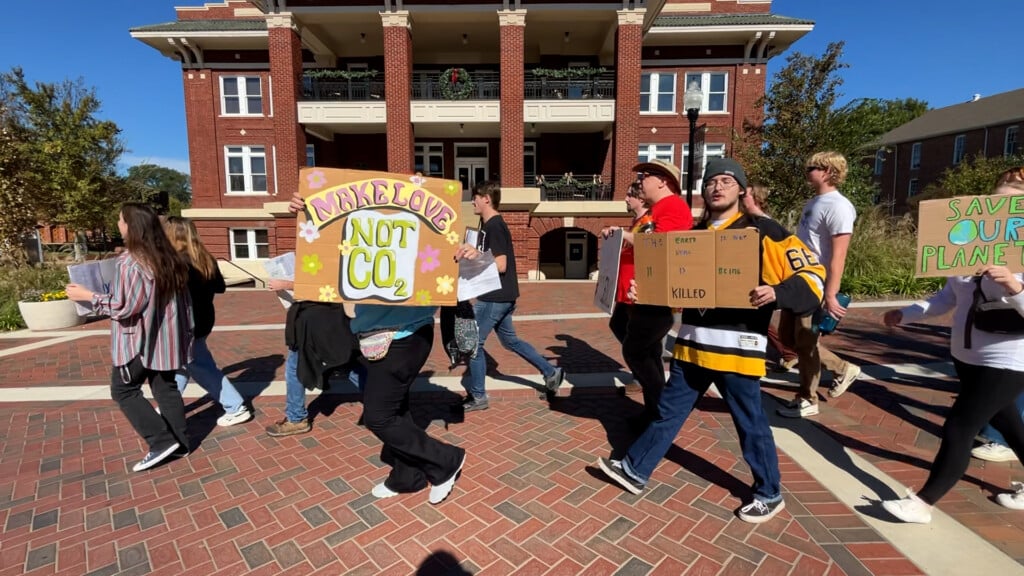As debate erupts over aid to states, who gives and who receives?
Washington — The coronavirus crisis and the economic devastation it has wrought has opened up a divide between Democratic governors and Republicans in Congress over federal assistance to states in the next government relief package, with some GOP lawmakers arguing taxpayer dollars should not be used to rescue states whose fiscal issues have been exacerbated by the pandemic.
The battle over funding for states reached a fever pitch last week after Senate Majority Leader Mitch McConnell, a Republican from Kentucky, suggested in an interview with radio host Hugh Hewitt that states who face budget shortfalls should file for bankruptcy rather than seek federal relief. A subsequent press release from McConnell’s office highlighting the remarks framed the idea of federal aid flowing to states as “blue state bailouts,” since many of those hardest hit are led by Democratic governors.
The comment prompted a fierce rebuke from New York Governor Andrew Cuomo, a Democrat who said New York contributes far more to federal coffers than Kentucky, which in turn receives significant sums of federal support.
“New York puts in more to the federal pot than it takes out. His state takes out more than it puts in,” Cuomo said during a press conference. “Senator McConnell, who’s getting bailed out here? It’s your state that is living on the money that we generate. Your state is getting bailed out, not my state.”
Indeed, a January report from the SUNY Rockefeller Institute of Government found that just eight states gave more to the federal government in 2018 than they received in federal spending: New York, New Jersey, Massachusetts, Connecticut, Colorado, Minnesota, Utah and Nebraska. Over the past four years, New York contributed $116.2 billion more to the federal government than it got back in federal spending.
The remaining 42 states received more than they contributed, with Virginia, Maryland, Kentucky, Alabama and Ohio leading.
The disparity between states can in part be explained by the proportion of high-income earners in a state, who pay more to the government in federal income taxes, according to the Rockefeller Institute. Individual income taxes accounted for 53.1% of federal revenues in 2018, followed by payroll taxes, and corporate income and excise taxes.
On the other end of the spectrum, states with high percentages of federal workers and government facilities, as well as with older populations who receive Social Security or Medicare benefits, receive more from the government. The Rockefeller Institute found that direct payments to individuals under federal programs like Social Security and Medicare made up 61.3% of federal expenditures, followed by grants to state and local governments for Medicaid and other safety net programs. Federal contracts and wages also dictate which states receive more federal dollars.
The push-and-pull of states contributing to and receiving money from federal coffers has been pushed to the forefront of the legislative debate now that Congress has begun looking toward a fifth package.
Many states are seeing their revenue sources dwindle because of the coronavirus, which led most governors to issue mandatory-stay-at-home orders and businesses to shutter. Now, they are preparing for drastic budget cuts.
To address the damage to state economies and address revenue shortfalls, the National Governors Association has asked lawmakers to provide $500 billion to them, and House Speaker Nancy Pelosi suggested Thursday that figure could near $1 trillion. That federal aid, she said, would be at the heart of the next measure from Congress.
But Republicans have expressed concern that cash-strapped states would use the money to backfill their budgets or address other priorities, like pension systems.
“Florida has made the tough choices that New York has refused to make for decades and can get through this crisis without a bailout,” GOP Senator Rick Scott said in a statement Thursday. “The federal government should continue to reimburse states and local governments for expenses related to coronavirus response. But it’s irresponsible and reckless to take money from American taxpayers and use it to save liberal politicians like Cuomo from the consequences of their poor choices.”
Scott has gone head-to-head with Cuomo over aid for states and has said his state should not be responsible for rescuing others where leaders mismanaged budgets and pension funds.
“A crisis of this magnitude hurts everyone regardless of how well they planned, and there is a role for the federal government as an entity that can run deficits when states can’t to provide assistance,” Jared Walczak, director of state tax policy at the Tax Foundation, told CBS News. “But you don’t necessarily want to paper over every single choice that states have made over the last decade.”
States and local governments received $150 billion, allocated by population, from the $2 trillion economic relief package passed by Congress last month. The CARES Act also included $274 billion in emergency funding for states and localities.
While the $150 billion must be used for economic relief or the public health response tied to the coronavirus crisis, Walczak said the $274 billion in grants can provide flexibility to states in a cash crunch.
They can use federal grants for education, for example, to free up money earmarked for schools in their state budgets.
“States do have to spend that on public education, but what a lot of states are doing is saying our education costs have not gone up, we can fund more of our education with federal dollars and pull some of our state dollars away and put them somewhere else,” Walczak said. “It’s pretty fungible. It acts almost as if it’s a flexible grant to the states.”
He predicted a future legislative package may follow the model of the CARES Act, where federal assistance to states and localities is population-based.
“It’s simpler if you say there’s money available that will be allocated on the basis of population to states and the recognition that any revenue stream the state has is going to experience substantial declines,” Walczak said.





Leave a Reply